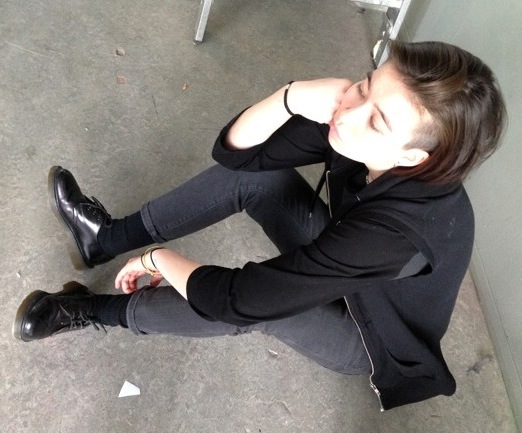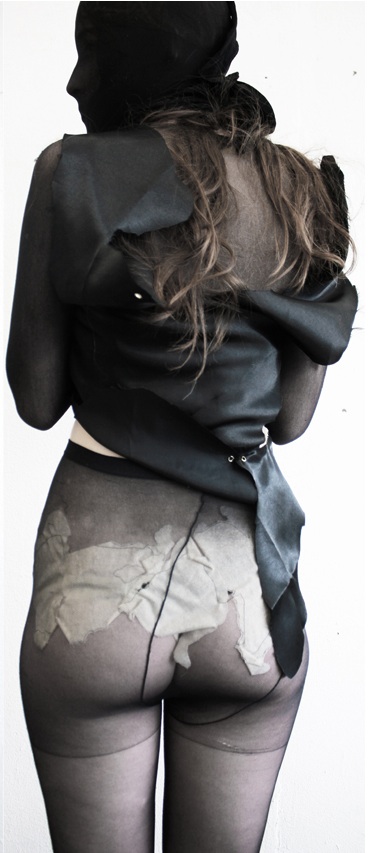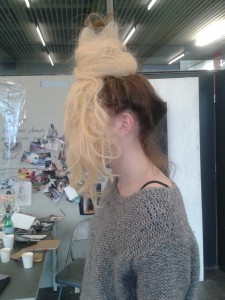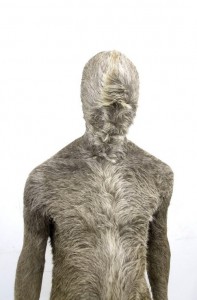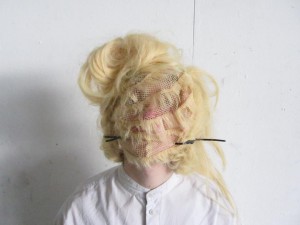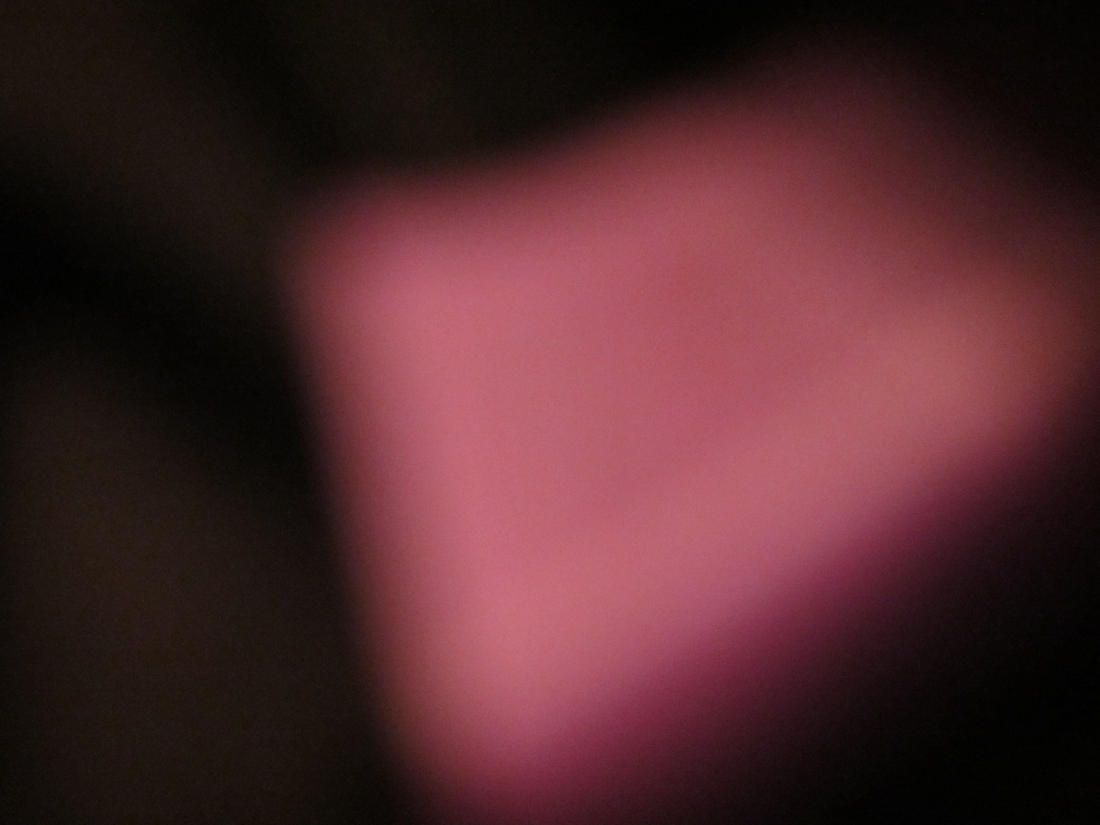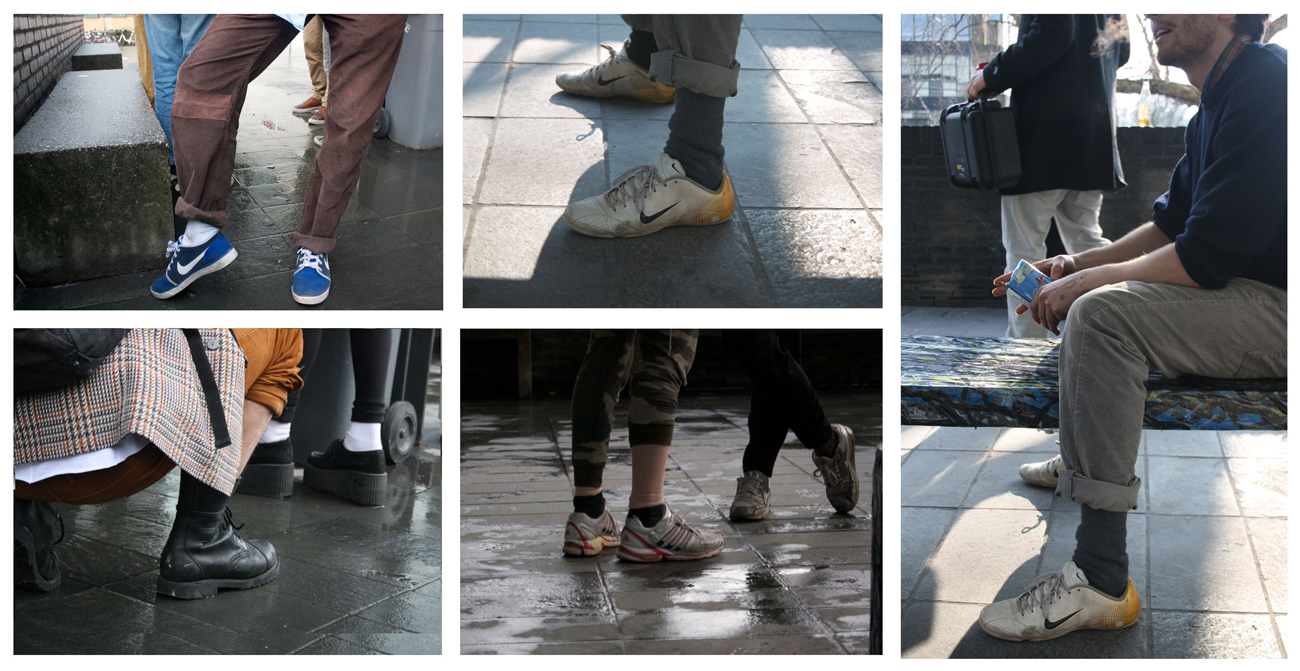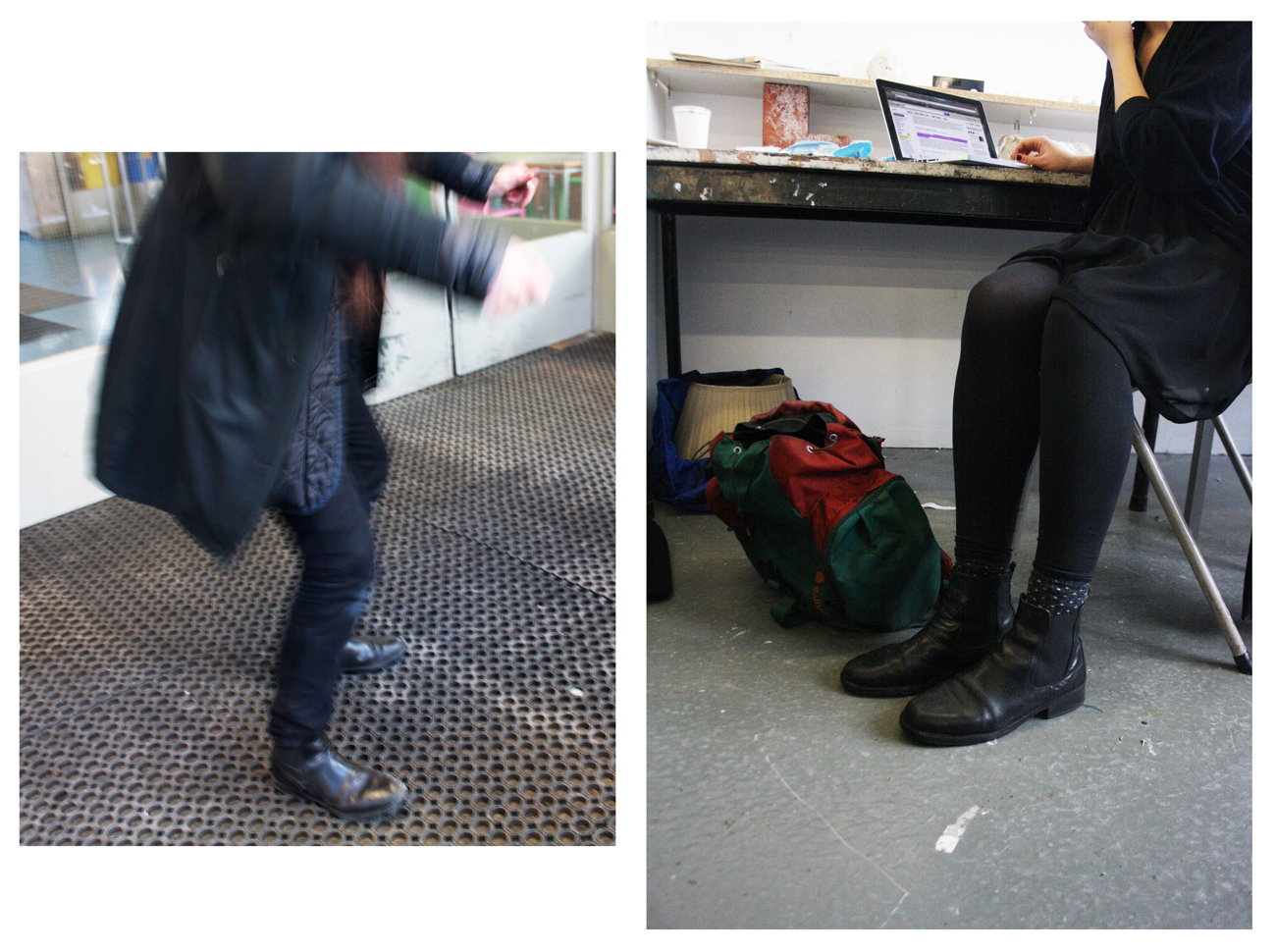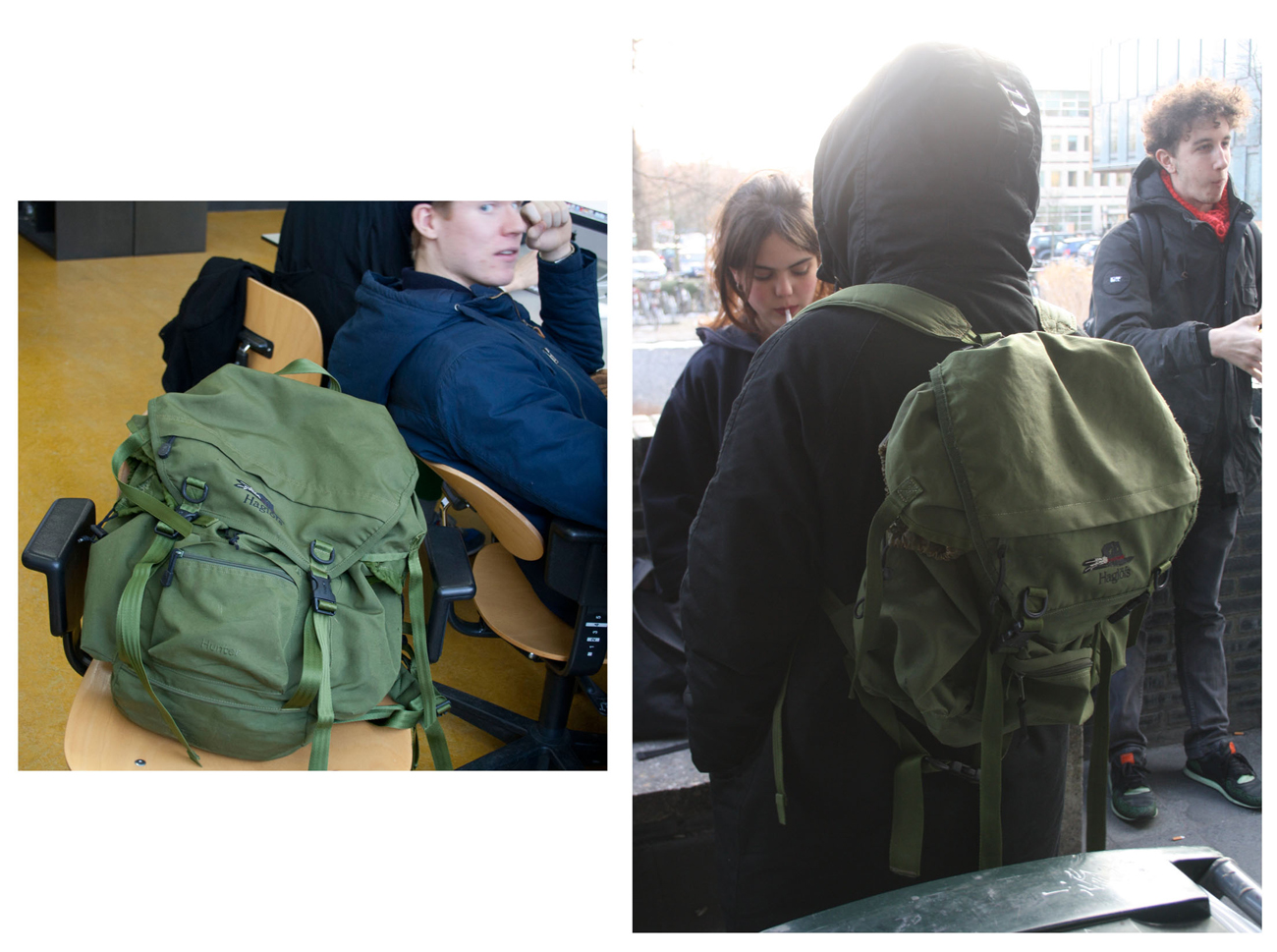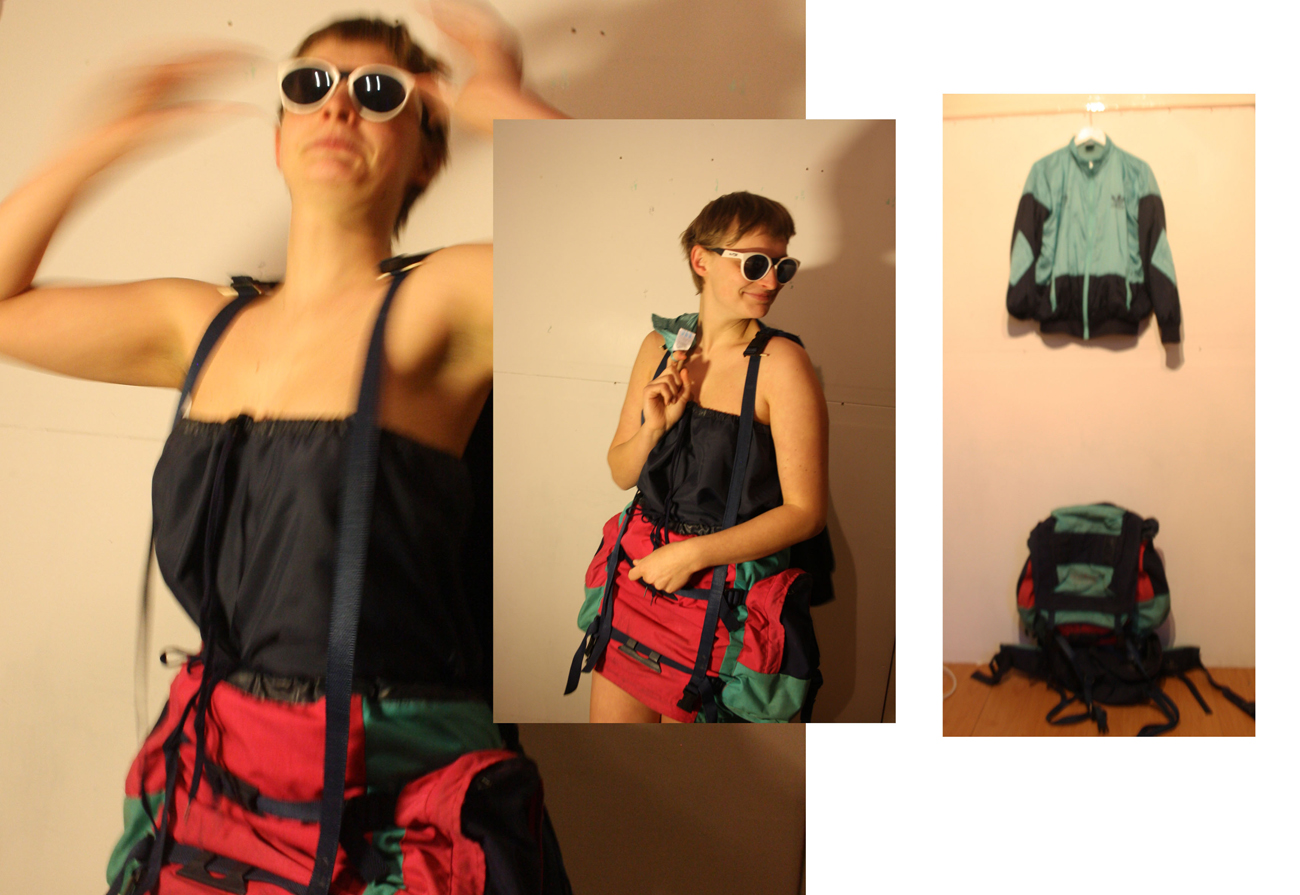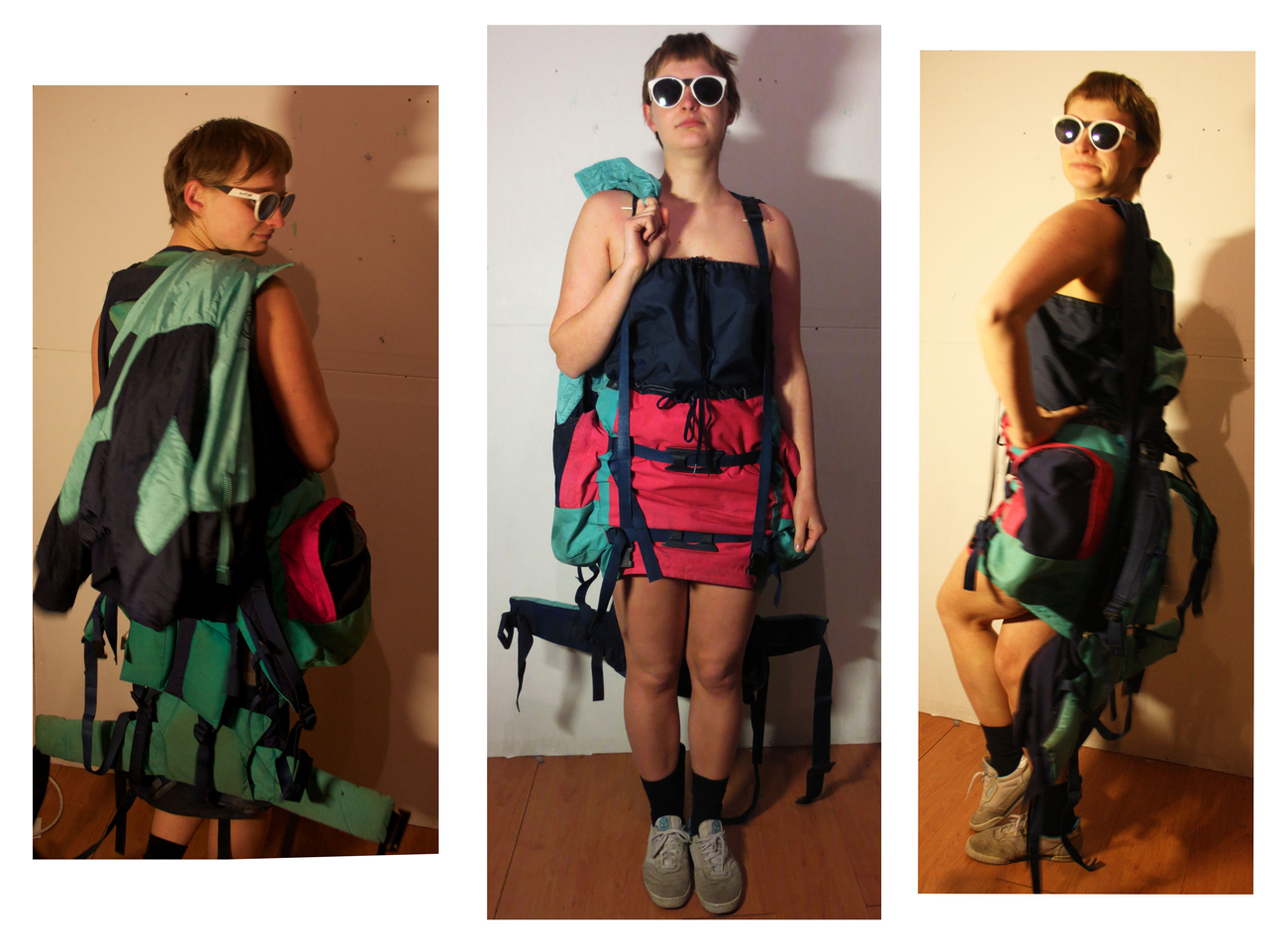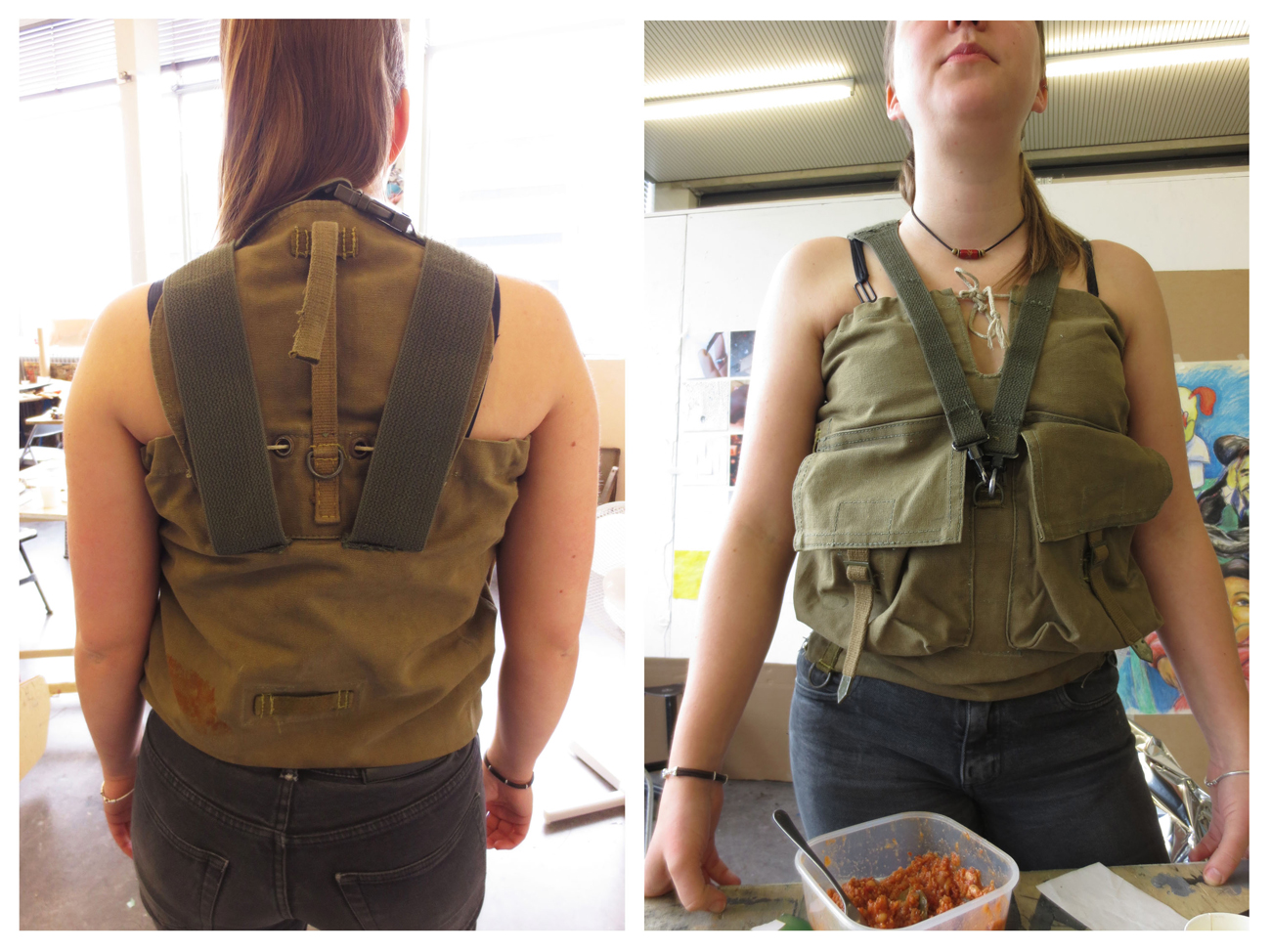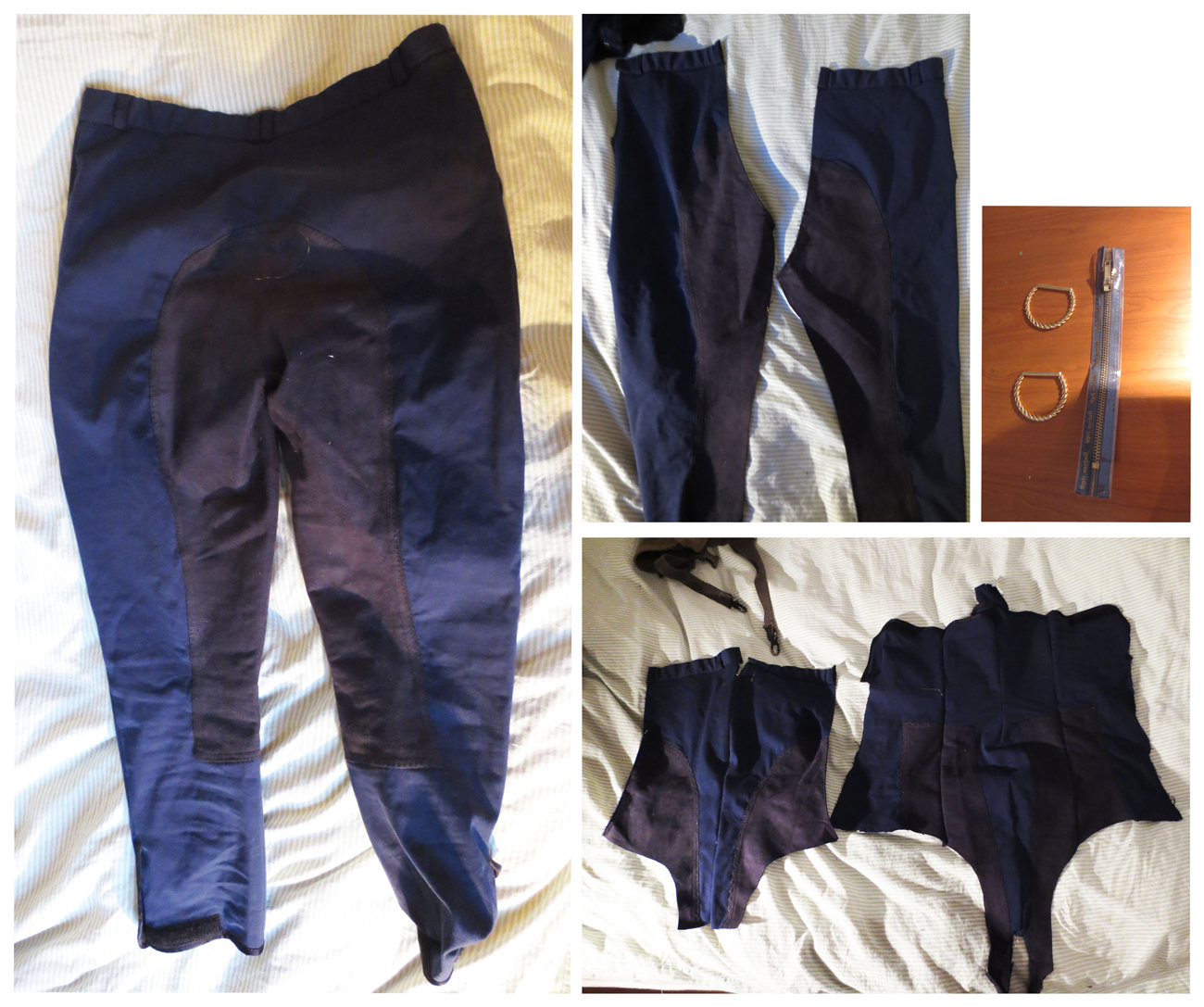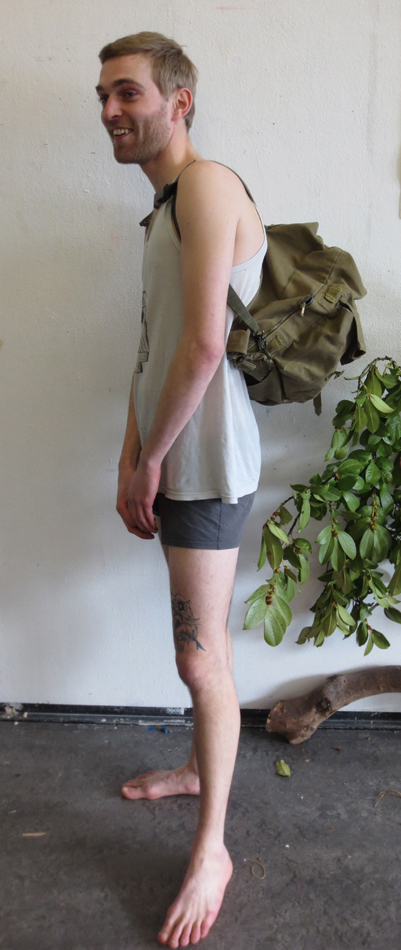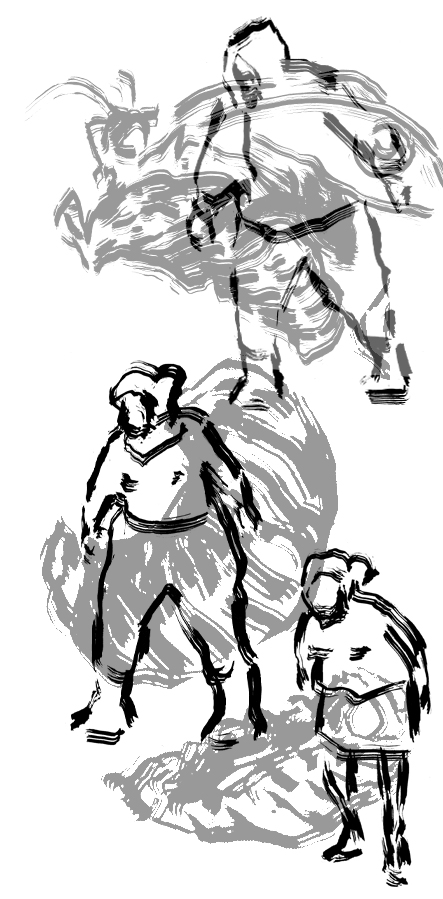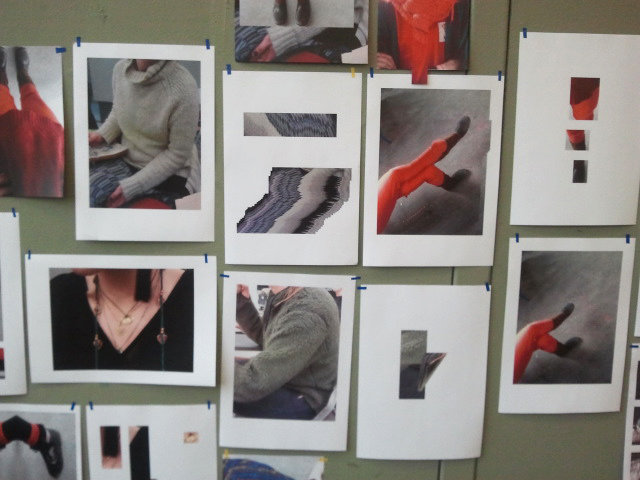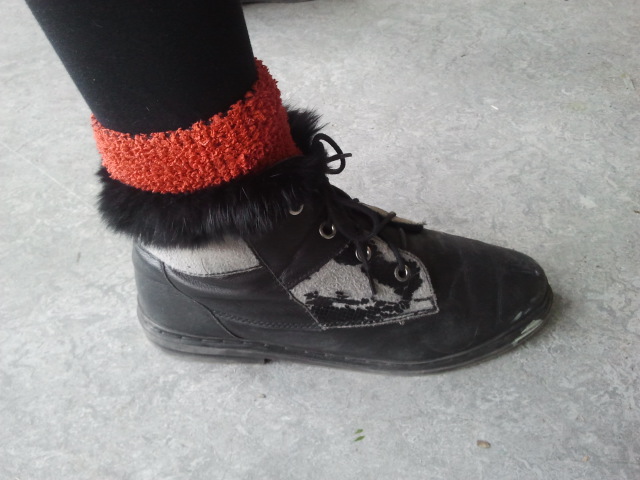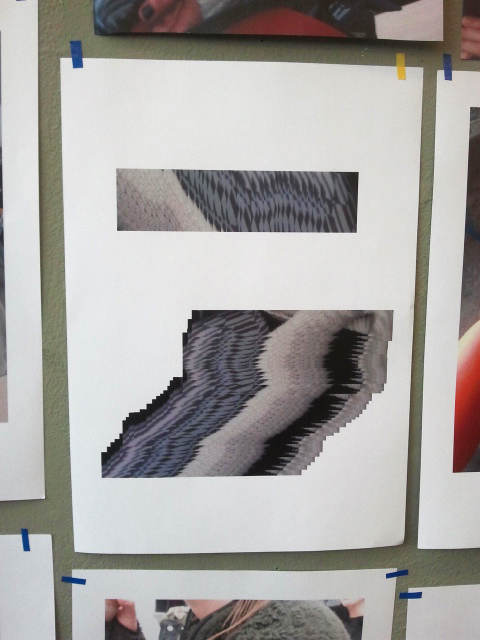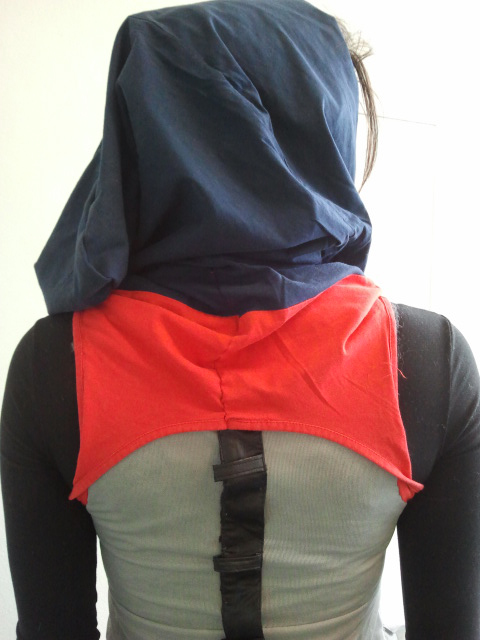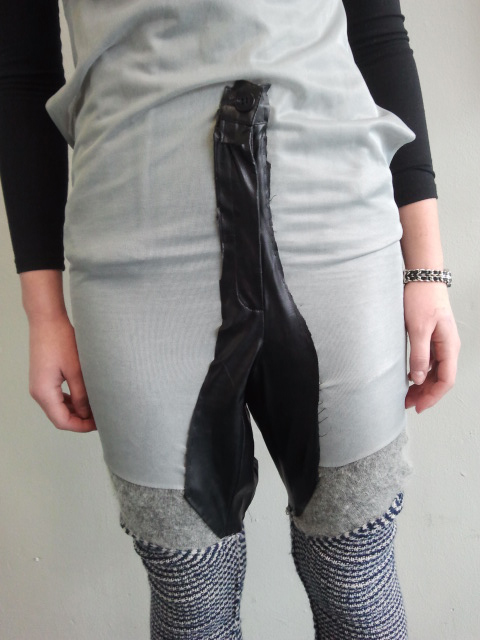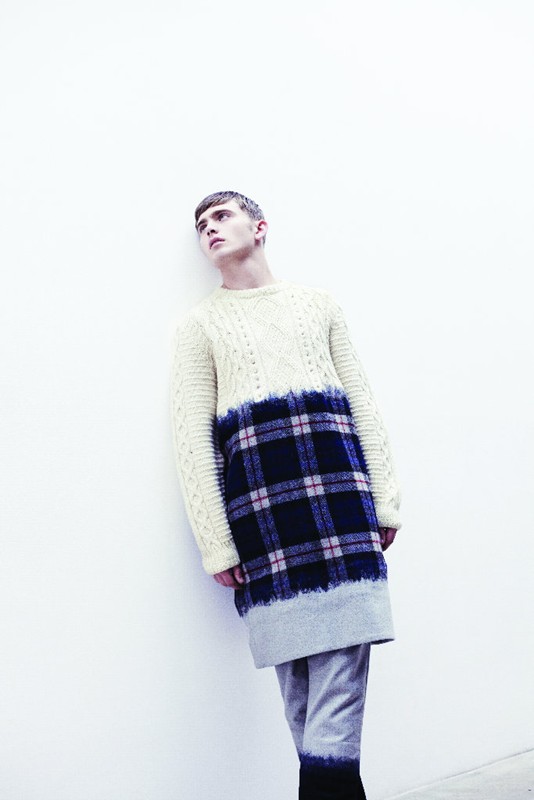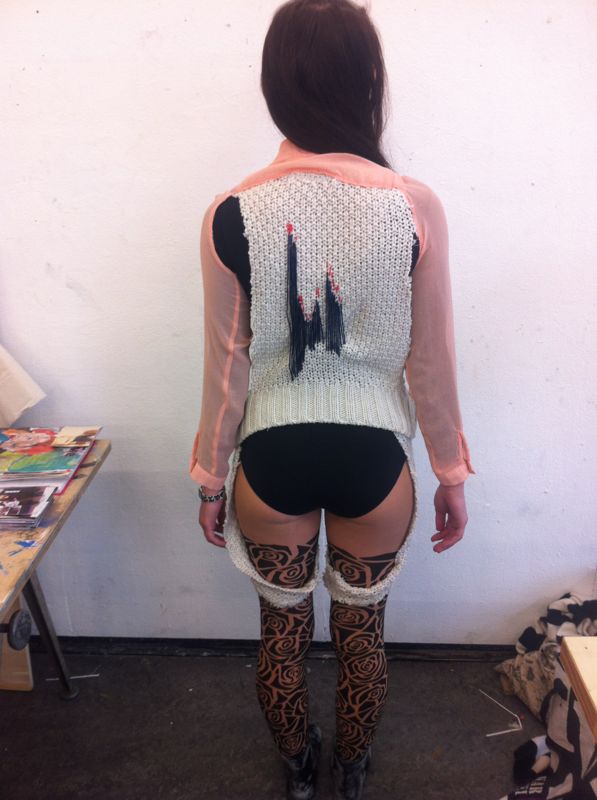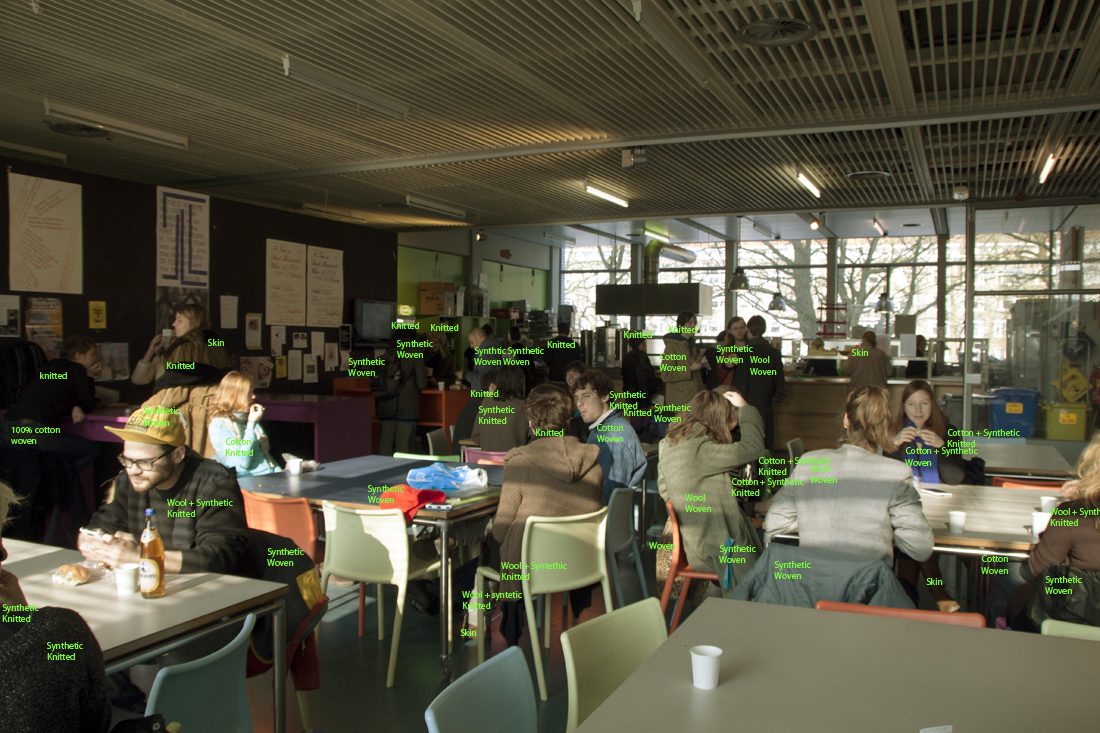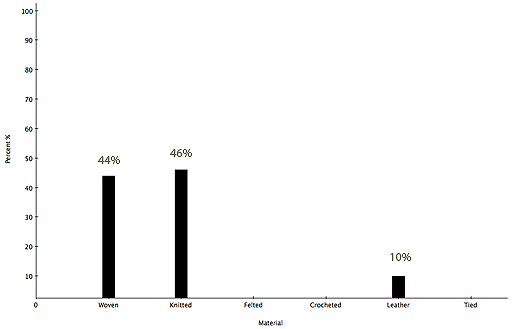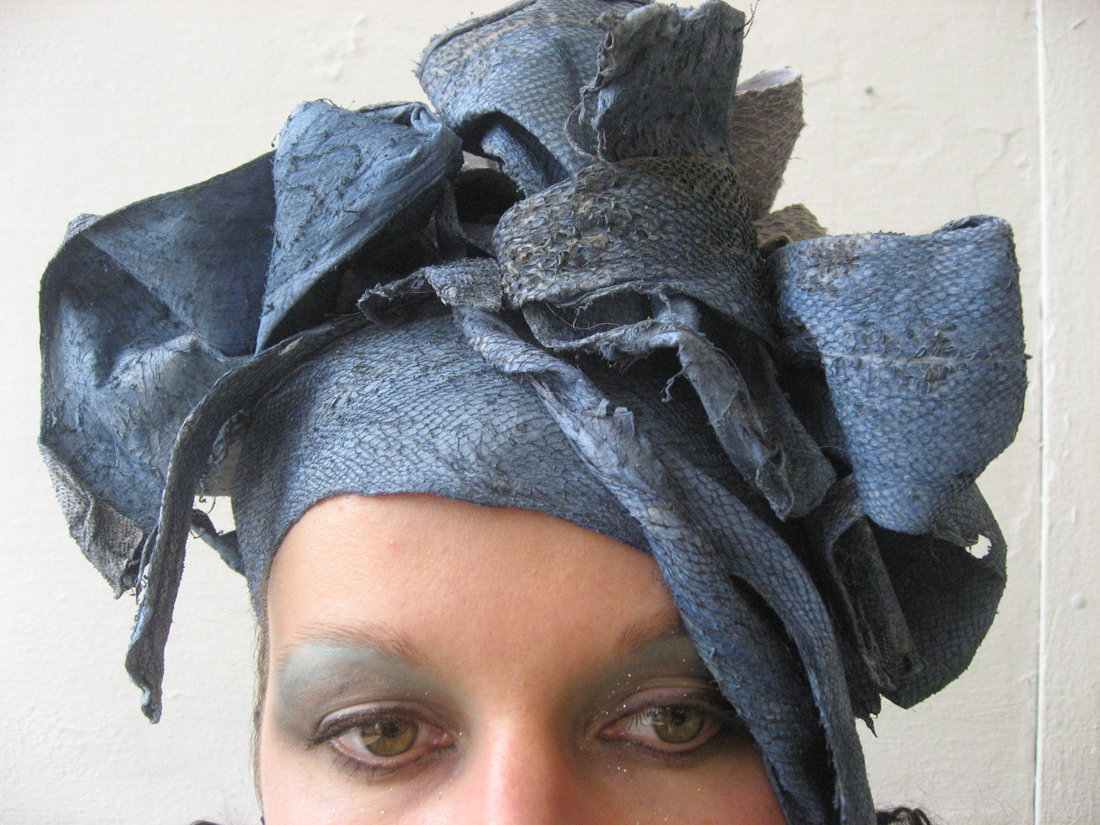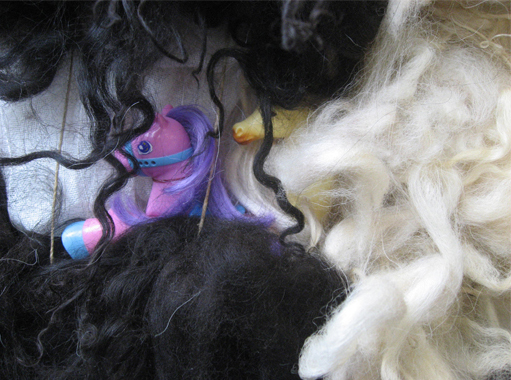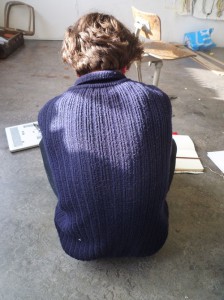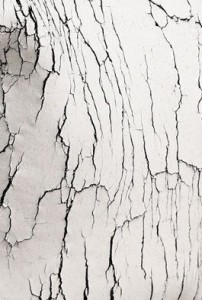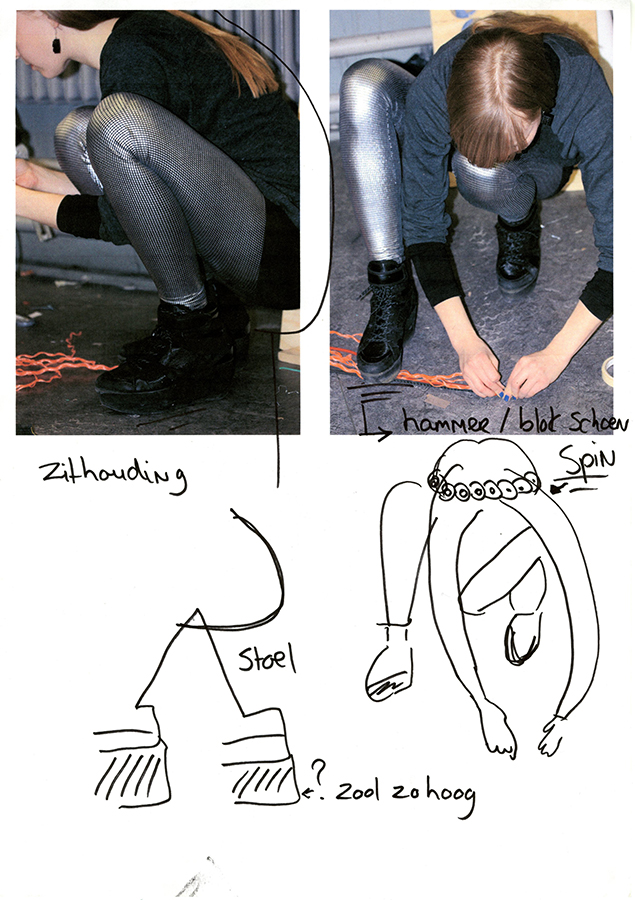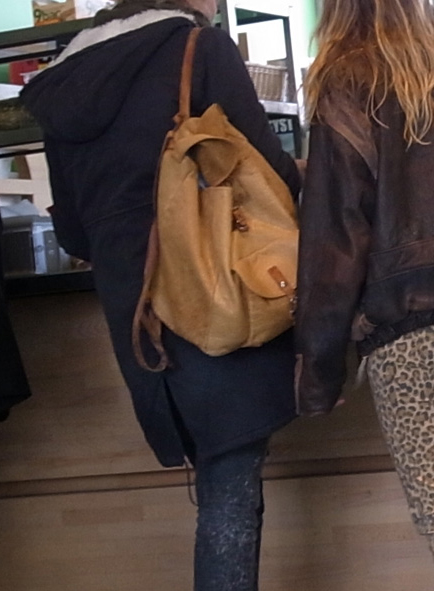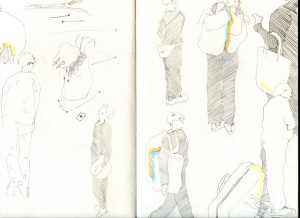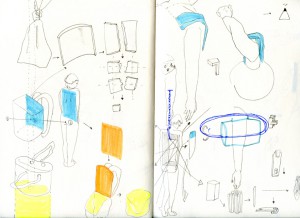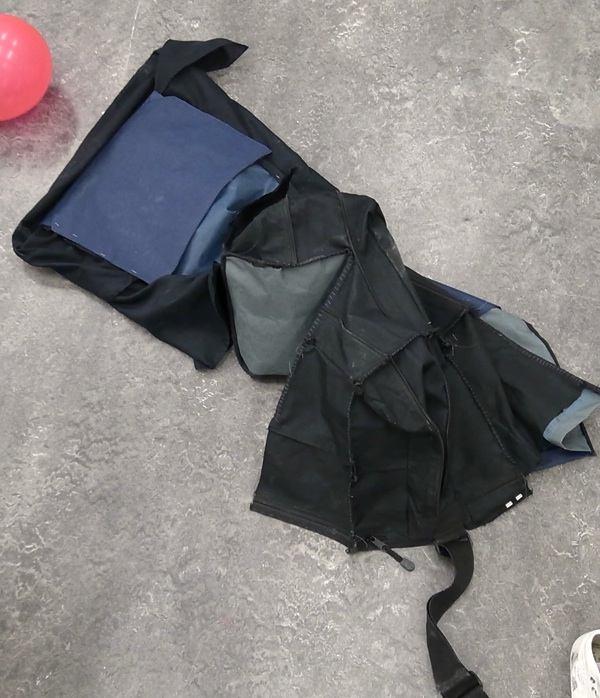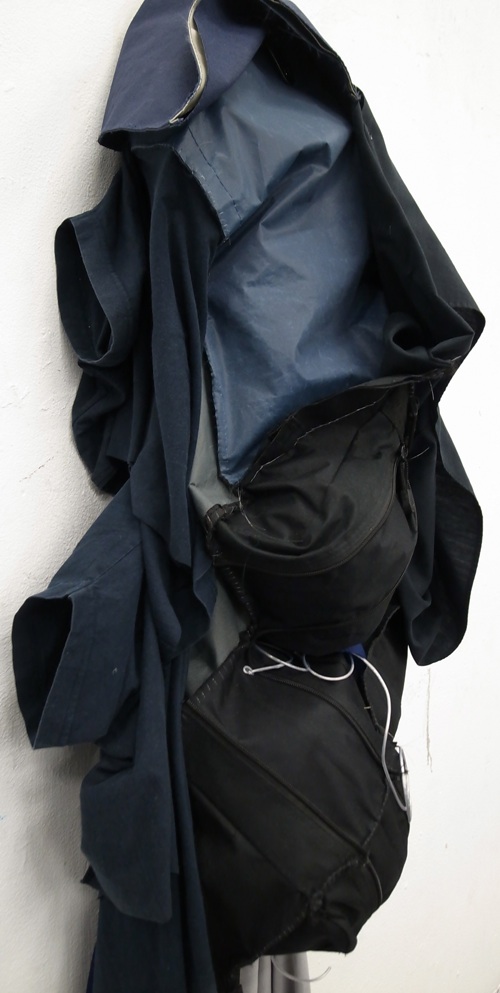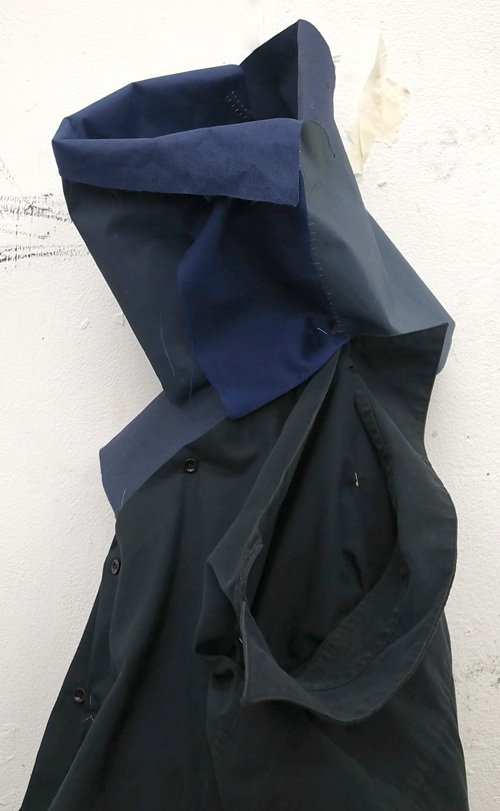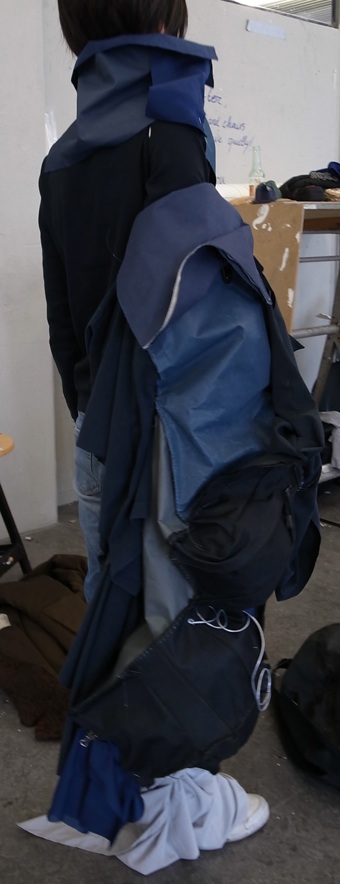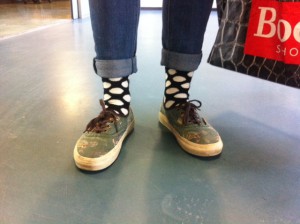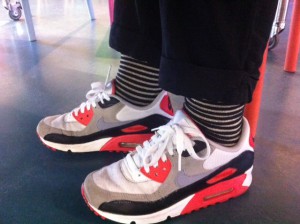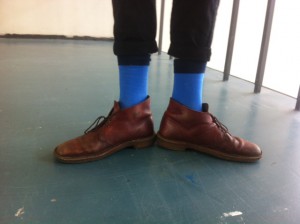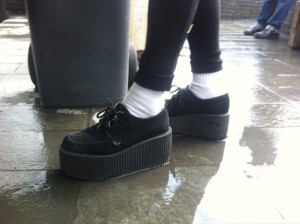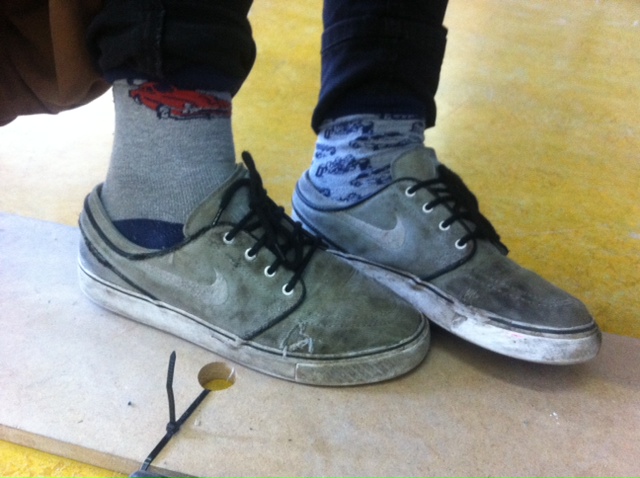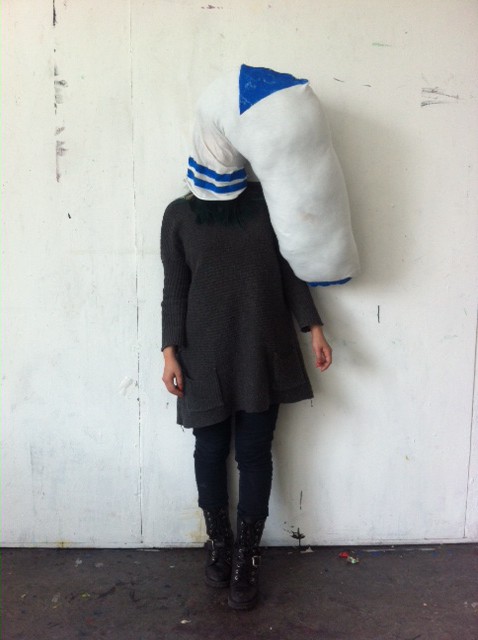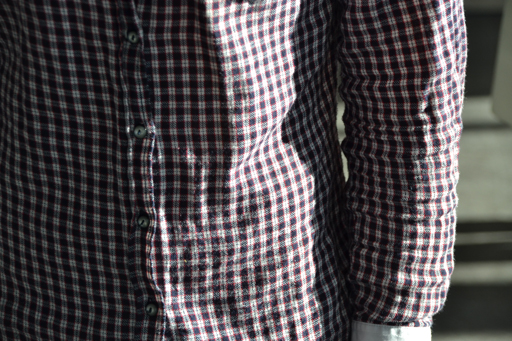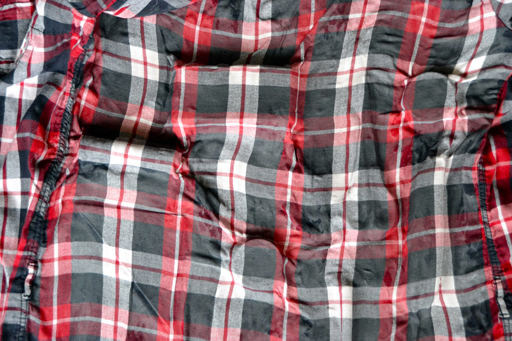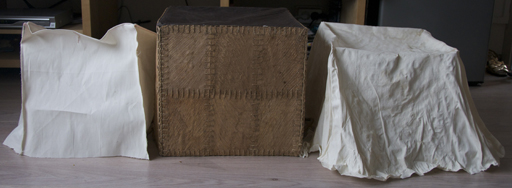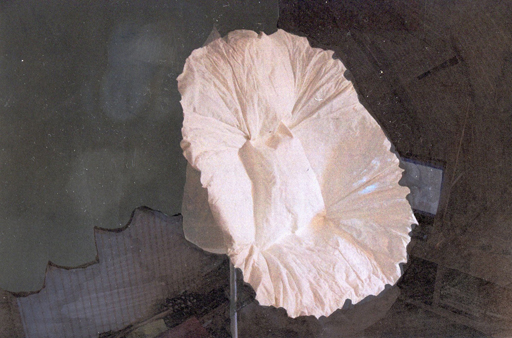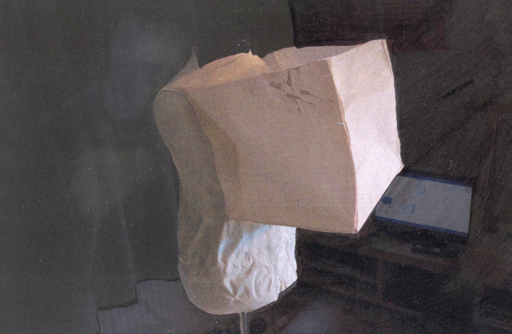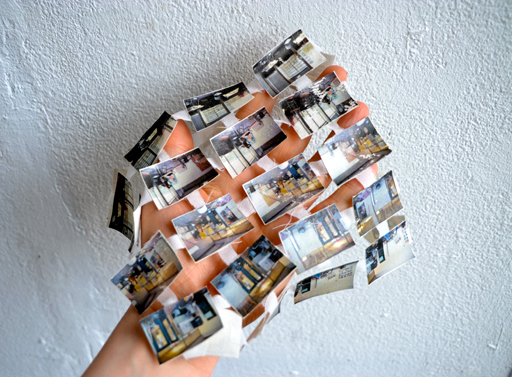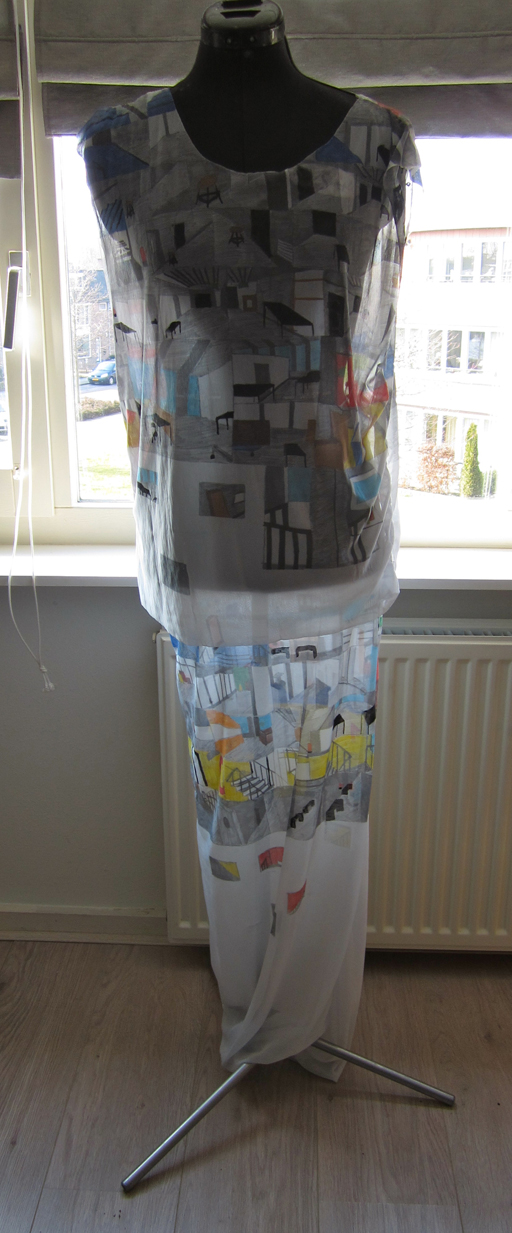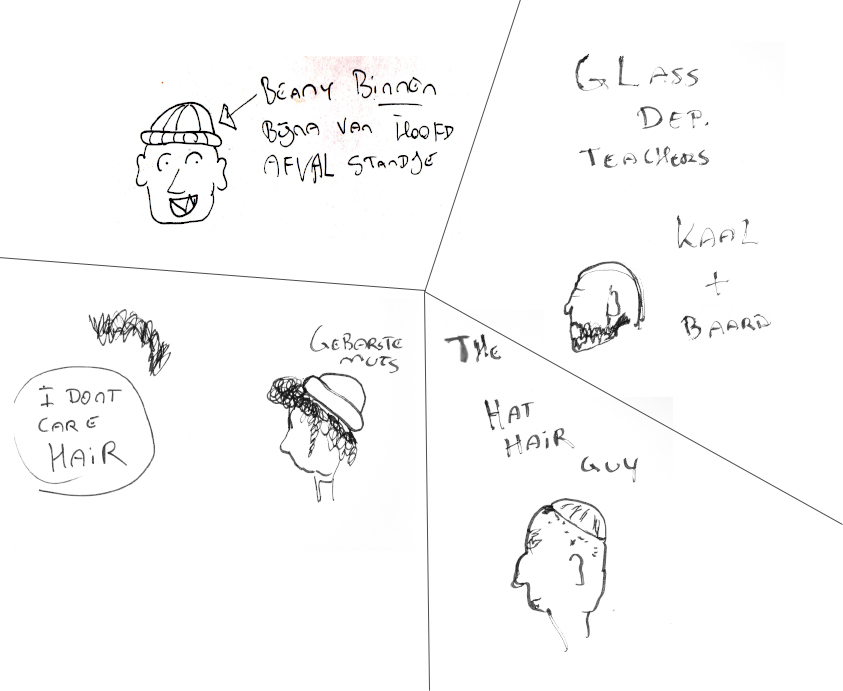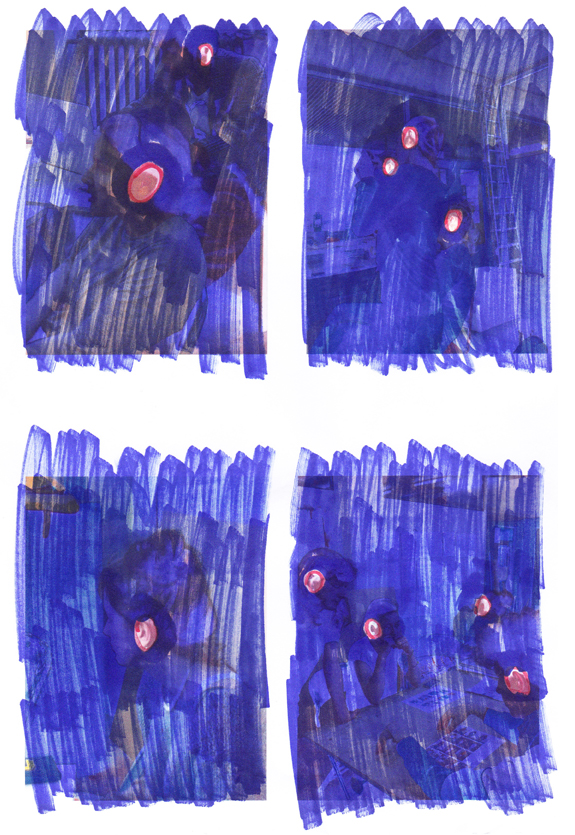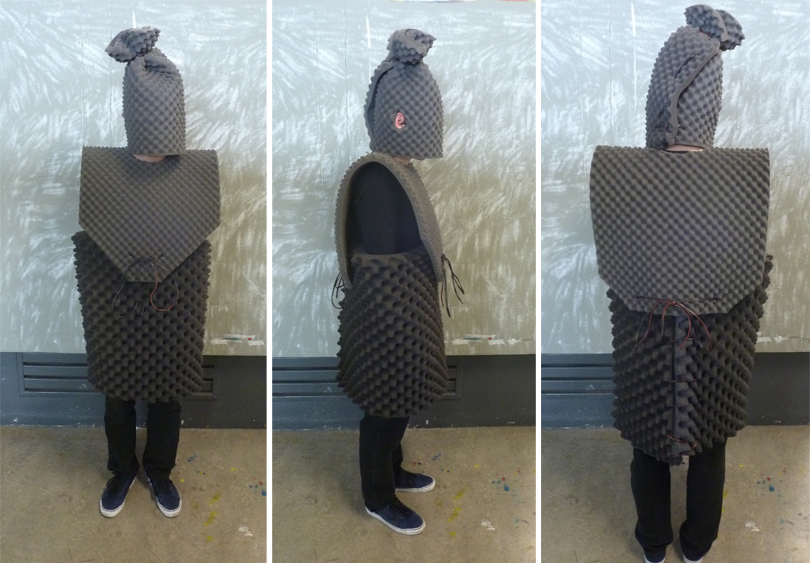When I look at the first research I did, I find some detail pictures of what people are wearing, pictures of hands, but most notable are the pictures of people sitting on the ground. In our classroom the ground is so full with our stuff and our bodies. We leave everything on the ground, our bags, clothes, camera’s and projects. When I look at the pictures everybody looks comfortable sitting on the ground and in a way vulnerable. The vulnerability is what interests me.

When I showed the research to Elisa she noted that because of the way of seeing and capturing, the bodies are in a weird perspective. Elisa showed the book “all events are even” from the photographer Mark Borthwick, I like the forms he creates in his images, the feeling it gives me connects with my research. I tried to compare the pictures of clothes on the ground with the pictures of people sitting on the ground. By removing all the skin and hair, I thought I would make them more similar to the clothes and bags on the ground. The comparison doesn’t really work, only a little because of the colors. But for me the pictures of the people sitting are much more interesting because they bring the clothes to life. I found it nice to discover that without the hair and skin, you don’t take away the vulnerability in the image.
The space that is left when I cut the person, becomes grey in photoshop. It was suddenly a very grey photograph because the floor, walls, window frames, doors, almost everything in the building is grey. We color the school with ourselves. One of my try-out outfits is based on the idea of making a “Rietveld building dress”. Because Rietveld makes me think of “de Stijl” I thought of using the shape of the Yves Saint Laurent “Mondriaan dress”. I used a grey fabric.

The other try out was the same model but with a pattern of the silhouettes. The result was quite boring so I cut the silhouettes out of the dress. The dress looked a little bit nicer, but I liked the forms that where left over the most. The shape of the YSL dress, that I used in both try outs, was to dominant so it had to go.
I tried to make a new dress where the YSL model is replaced with two body silhouettes. I am not satisfied with the dress, it gives to much of a “tarzan and jane” feeling. Under the dress the model had the left over forms from the previous dress pressed to her body with panties. The forms are used as underwear.
In the fashion show there needed to be an action with every outfit. I am thought of that action to be “cutting”, because that was what I was doing in my research and try outs. The dress that my model is wearing and that I am going to cut out, is one big silhouette, made from a firm fabric. When you cut out someones clothes, what is under is revealed, something vulnerable.
Inspiration Yoko Ono “Cut Piece”
